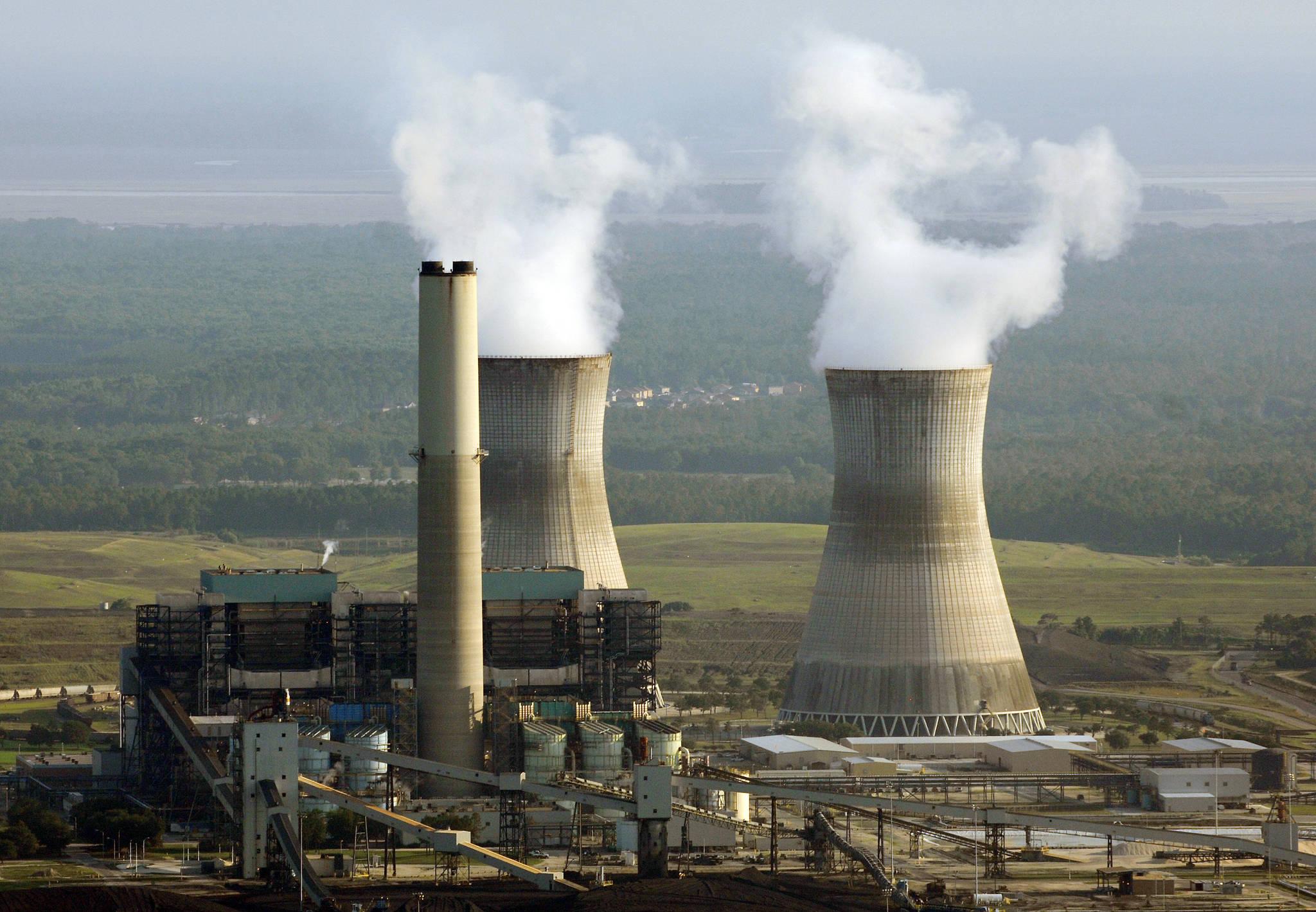
St. Johns River Power Park, the largest operating coal power plant in Florida, has been shut down, co-owners Florida Power & Light and JEA announced Tuesday.
The utilities said the historic Jacksonville plant was aging and no longer economical as one of the highest-cost facilities among both FPL’s and JEA’s generating systems.
At nearly the same time, FPL lit up four new solar power plants — some of the largest ever built — and says it is nearing completion on four more new solar farms in a matter of weeks.
The ambitious moves earned kudos from leading environmental groups.
“FPL has a forward-looking strategy of making smart, innovative, long-term investments, including solar, to reduce emissions while providing affordable, clean energy for its customers,” said Julie Wraithmell, Audubon Florida’s interim executive director.
“Reducing greenhouse gas emissions is critical to addressing climate change,” said Greg Knecht, deputy executive director of The Nature Conservancy in Florida. “Anytime we can replace less-efficient sources of energy with cleaner fuels or solar, it’s a benefit for people and nature. Investments such as FPL’s in clean-energy technologies are key to Florida’s future health and prosperity.”
On the first day of the new year, FPL connected four new solar power plants to its grid:
- FPL Horizon Solar Energy Center, which straddles Alachua and Putnam counties
- FPL Coral Farms Solar Energy Center, Putnam County
- FPL Indian River Solar Energy Center, Indian River County
- FPL Wildflower Solar Energy Center, DeSoto County
FPL released a drone flyover video from the Indian River facility that shows just how massive are these facilities. In all, FPL added about 3.5 million solar panels since 2016 and is aiming to reach 10 million in the next few years.
Kicking off the new year with a bang. We opened four new solar power plants and closed a coal plant – all in the first week of 2018! 1.3 million shiny new solar panels are powering our customers today. Get a glimpse with this cool drone flyover. https://t.co/rXS15w50vG pic.twitter.com/YC7gtvGCs1
— Florida Power & Light (@insideFPL) January 8, 2018
Each plant can generate 74.5 megawatts of power when the sun is out, roughly equivalent to the power needs of 15,000 Florida homes.
FPL also said it would have four similar solar plants completed by March 1:
- FPL Barefoot Bay Solar Energy Center, Brevard County
- FPL Blue Cypress Solar Energy Center, Indian River County
- FPL Hammock Solar Energy Center, Hendry County
- FPL Loggerhead Solar Energy Center, St. Lucie County
FPL invested about $900 million in building the plants. They are the most economical solar plants ever constructed in Florida, FPL said, and the savings on fossil fuels will more than recoup the costs.
According to testimony filed by FPL with the Public Service Commission, the new solar plants and the closure of St. Johns are estimated to result in upward of $300 million in customer savings after accounting for operational costs.
“The truth is progress like this doesn’t happen by accident. It’s because of our culture of responsible innovation and an unwavering commitment to customers that we’re able to deliver cleaner, more reliable energy while keeping electric bills among the lowest in the country,” said Eric Silagy, president and CEO of FPL.
In a news release, FPL also noted its current 1,000-kilowatt-hour rates are lower than they were ten years ago.
JEA said the dismantling of the St. Johns coal plant has already begun, and the plant’s towers will be imploded later this year.
FPL estimates that retiring its portion of the plant alone will prevent more than 5.6 million tons of carbon dioxide emissions every year — further burnishing FPL’s record as one of the cleanest utilities in the U.S. This is the second of three coal plants FPL is closing. Two years ago, the utility made the unusual move of buying out the independently owned Cedar Bay coal plant in Jacksonville and shutting it down.
FPL also bought out the Indiantown Cogeneration coal plant and is phasing it out shortly. Together, FPL said, these buyouts will prevent 1.7 million tons of carbon emissions every year and save customers nearly $200 million.
In October, JEA’s board approved spending up to $50 million to create five new large-scale solar farms that each would produce 50 megawatts of power. The Florida Times-Union reported that this would put JEA on pace to reach just under 300 megawatts of its power produced by solar. The farms could be operational by 2020.



